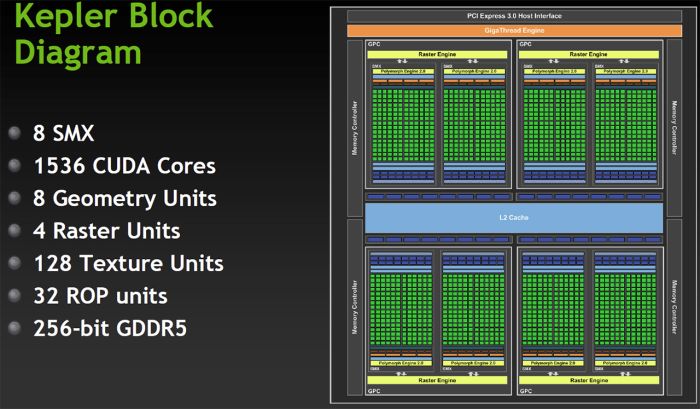

The good news is that focusing on energy efficiency hasn’t cost Nvidia the performance crown. Of course, if you’re in the market for a $500 graphics card, you’re primarily concerned with how fast it is. Adaptive vsync is another nice compromise between the smoother performance of having vertical synchronization disabled and the artifact-free gaming of enabling vsync.

Our tests show it to be a very good tradeoff between performance and quality. A new form of antialiasing, called TXAA, should help provide smoother edges with less of a hit to performance than other forms of antialiasing impose. AMD does this with its graphics cards, and it’s nice to see Nvidia adopting the concept. GPU Boost is very similar to the Turbo Boost and Turbo Core technologies you find in Intel and AMD processors: If the card is running fairly cool and not drawing too much power, GPU Boost automatically bumps up the clock speed for better performance.
Nvidia gtx 680 reviews series#
Nvidia is introducing a handful of new technologies with the 600 series GeForce cards, too. Nvidia harnesses these features to produce a high-end graphics card that delivers industry-leading graphics performance while drawing very little power (for a card in its price range).The GeForce GTX 680 is so energy efficient that the standard board design features two six-pin PCIe power plugs, whereas most $500 graphics cards require one six-pin and one eight-pin to supply enough power. There are fewer render back-ends and a narrower memory bus, but those limitations are offset by the higher clock speeds. The resulting chip has three times as many stream processors of Fermi, twice as many texture units, and a clock speed of just over 1GHz. The new GPU reduces the amount of control logic in each cluster of stream processors, sacrificing some potential performance in GPU-based general computation for better performance in 3D graphics applications. In fact, Kepler is considerably smaller than Fermi at less than 300mm 2 (full-size Fermi chips are 520mm 2). The 28nm process means lower power draw, higher clock speeds, and more-densely-packed transistors. The Fermi chips are also manufactured on a smaller 28-nanometer process, whereas the GTX 580 was made on a 40nm process. Nvidia has taken the fundamental principles of the Fermi architecture and reworked it for greater efficiency, improving performance per watt and performance per square millimeter. It’s similar to the Fermi architecture found in the GeForce GTX 580 and the GTX 480 before it. The GeForce GTX 680 is Nvidia’s first card to incorporate a new graphics chip architecture, code-named Kepler. Among expensive graphics cards, it takes the crown for delivering the best performance, with excellent features and very impressive energy efficiency. But if you’re not satisfied with “well enough,” the GeForce GTX 680 may be for you. Most modern games run well enough on a graphics card costing half as much. You have to have pretty stringent requirements–perhaps a large high-res monitor or two or a taste for extreme image quality–to make use of that sort of performance.
Nvidia gtx 680 reviews Pc#
Only members of a small class of PC enthusiasts will spend $500 on a graphics card.


 0 kommentar(er)
0 kommentar(er)
